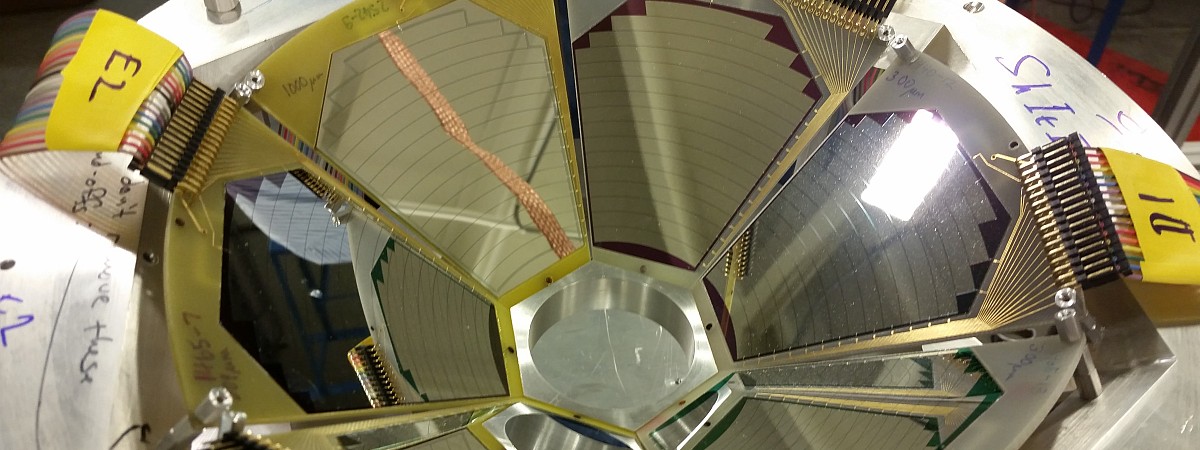Reporting their finding in Nature Communications [ https://www.nature.com/articles/s41467-019-13574-8 ], an international collaboration performed by Drs Gong Tao, H Habara (Osaka U.), and Dr Kazuo A Tanaka (ELI-NP and Osaka U.) measured first time to show an imploded core heated by fast electrons for the study of fast ignition scheme in high energy density physics.
One of the promising approaches to ignite high density imploded fusion fuel (DD or DT) is fast ignition in inertial confinement laser fusion that separates the laser systems one for imploding the fuel shell to a high density and another for igniting the highly compressed core. We have tested so called "super-penetration mode" where a self-focusing fast heating beam penetrates the large corona plasma surrounding the compressed core and to heat the core via. fast electrons. Time sequences of the heating is clearly shown here. Our study indicates that the energy coupling efficiency can be improved up to 12% by optimizing the key factors in future ignition-scale plasmas.
The super-penetration is to carry the fast ignition laser pulse in the corona plasma via. relativistic self-focusing, relativistic induced transparency and hole-boring to the ignitor pulse, so that it can propagate into the overcritical region (where ne>nc, with ne and nc, respectively being the local electron density and the classic critical density), minimizing the transport distance of the fast electrons to the core and hence improving the coupling efficiency. Because of its simplicity, this scheme appears attractive for a future laser fusion reactor. The experiment was performed at the Institute of Laser Engineering - Osaka University.


